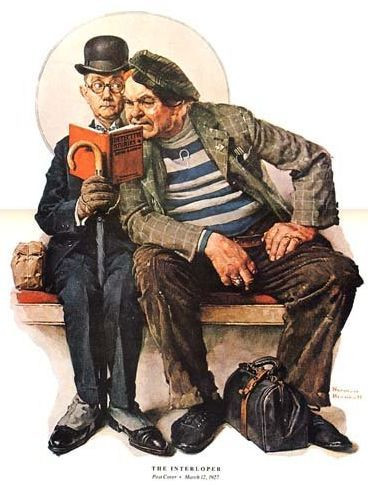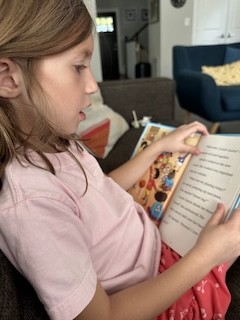While in graduate school, I worked with Jack Pikulski and became interested in the theory of instructional level. That’s the idea that text has a particular level of difficulty and that students learn best when they are matched with text in a particular way. If text is too hard, they won’t learn to read and if text is too easy they won’t make any progress. The difficulty levels in between those extremes (and there are usually levels and not a single level), are thought to be the levels at which instructional progress would be optimum.
It makes logical sense. If text is too easy, there is nothing to be learned from it, and if it is too hard, it would be like trying to catch knives.
And yet, I was surprised to find that text difficulty is hard to measure exactly (our measures have improved a bit since I was in grad school), and that readers’ levels of proficiency were pretty approximate too (this hasn’t improved much). The biggest surprise was the lack of clear research evidence showing the benefits of matching texts to kids (Jack tried such a study when I was there, but it fell apart over reliability issues and never was published).
As a young professor, I wrote about how instructional level theory had entered the field seemingly through research (at least that was the claim), but I revealed that research base to be a chimera.
In the 1980s, whole language influenced school books emerged. The state of California required the use of previously published literature as the basis of reading instruction (no research supporting that idea either) and banned any adaptation of such literature. So, publishers couldn’t adjust the readabilities of reading books, like they had with high school text books, and text levels got hard for a while. So hard in fact, that kids had trouble learning to read; especially first-graders. Teachers met the challenge by reading the books to the kids rather than having them do the reading themselves. Parents and grandparents rebelled. Their older children could read books that hadn’t already been read to them already, why couldn’t this younger group?
One offshoot of this debacle was the growth of “guided reading” as an approach to teaching. Teachers certainly have preferred it to throwing kids in the deep end while fervently hoping mom and dad had already taught them to swim (a pretty good summary of the whole language ideology of that time). Fountas and Pinnell came up with a weakly validated measure of text difficulty and claimed that kids had to be matched to it to succeed. They counseled the minimization of explicit teaching and encouraged teachers to simply have children read texts at the correct level and that learning would simply happen for most as they read those matched books (to their credit they did support providing explicit help when progress did not ensue automatically).
Given how widely used guided reading is, and how much sense it makes, particularly for beginning readers, one would think we have many studies showing the benefits of such an approach. In fact, the data are murkier than when I was in graduate school. It is not that various studies (such as those by Alissa Morgan, Renata O’Connor, and William Powell) haven’t pointed to optimum book-student matches, but that they have all pointed in different directions.
Now, the common core standards are insisting that text difficulties be stiffened and that teachers not just move kids to easier books when the going gets tough. My fear, of course, is that such a fiat could simply lead us back to the 1980s, with teachers reading hard books to kids (guided reading is obviously preferable to that).
First, the common core is probably setting levels that are too hard for beginners. There is a lot to be figured out by those kids with regard to decoding, and overwhelming them with really hard books is not going to facilitate their phonics progress. I hope we can persuade publishers and school districts to allow the path to be smoothed a bit for the little ones (I think they’ll progress faster under those circumstances). Second, for older students, the common core highlights some pretty important ideas: (1) that there is no particular level of text difficulty that has been consistently identified by research as being optimum; (2) that always having students reading text on their so-called reading level is like relegating them to training wheels forever; and (3) that most teachers don’t have a clue as to how to scaffold children’s learning from hard books. Mandate whatever you want, it won’t make teachers know how to implement any better.
Later entries to this blog will pursue this idea, as teachers are going to have to grow new wings if they are going to make this flight successfully.






Comments
See what others have to say about this topic.